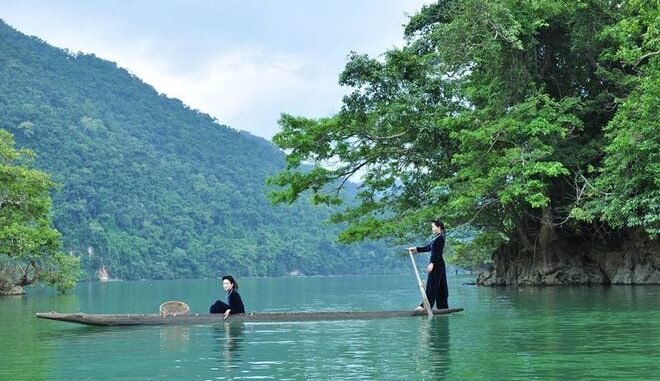
Bắc Kạn (Bac Kan) is famous for its countless picturesque scenes, natural lakes, mountains, and primeval forests. This is also a place rich in tourism potential because of the richness and diversity of resources, minerals, and cultures rich in national identity.
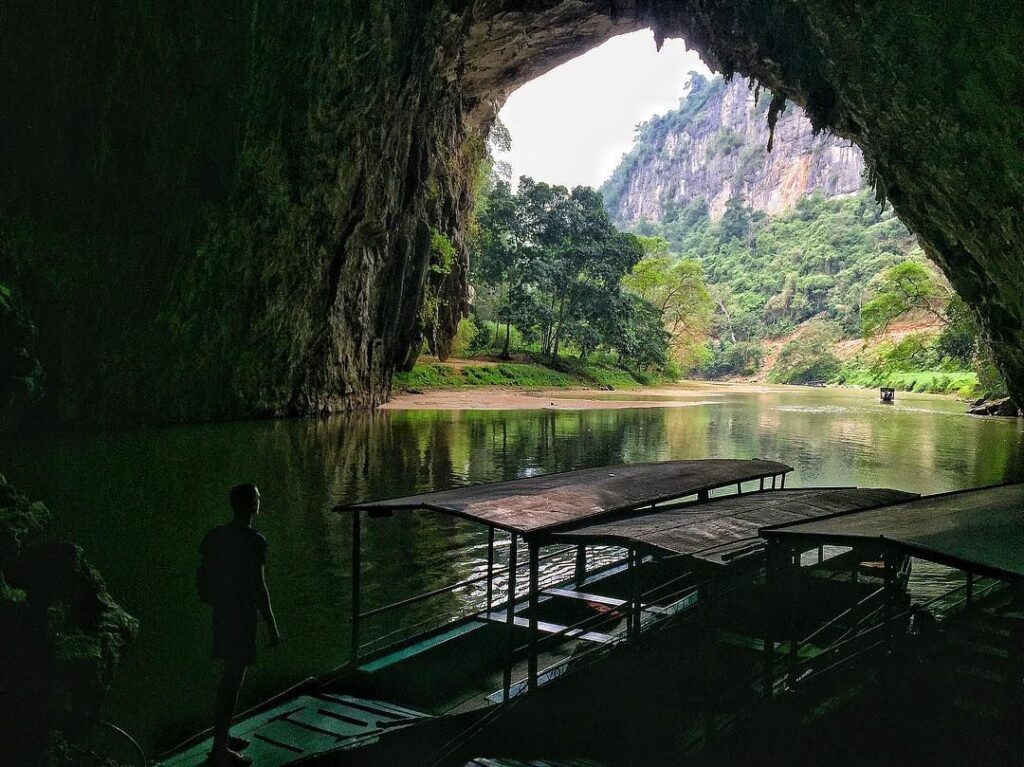
Location
Bac Kan is located in the Northeast region of Vietnam, bordering Cao Bang Province to the north, Lang Son Province to the east, Thai Nguyen Province to the south, and Tuyen Quang Province to the west.
Transportation
Bac Kan is 165 kilometers from Hanoi. From Hanoi to Bac Kan, visitors can take a bus departing from My Dinh station.
For tourists from Ho Chi Minh City and the southern provinces, the most reasonable way to travel is to fly to Hanoi and follow the instructions above.
Weather
Bac Kan’s weather has clear seasonal differences, with rainy and dry seasons.
The rainy season is from May to October. The dry season is from November to April next year. Located between two mountain systems in the Northeast, the climate is quite cold in the winter.
Around the first lunar month, there is usually a festival for highland ethnic groups. You can travel to Bac Kan during this time to have the opportunity to learn about the unique features of the culture and explore the cuisine of the people there.
To make the journey to explore Bac Kan cave more convenient, visitors should follow the Bac Kan weather forecast for the next 7 days.
Top destinations to explore
1. Hồ Ba Bể (Ba Be Lake)
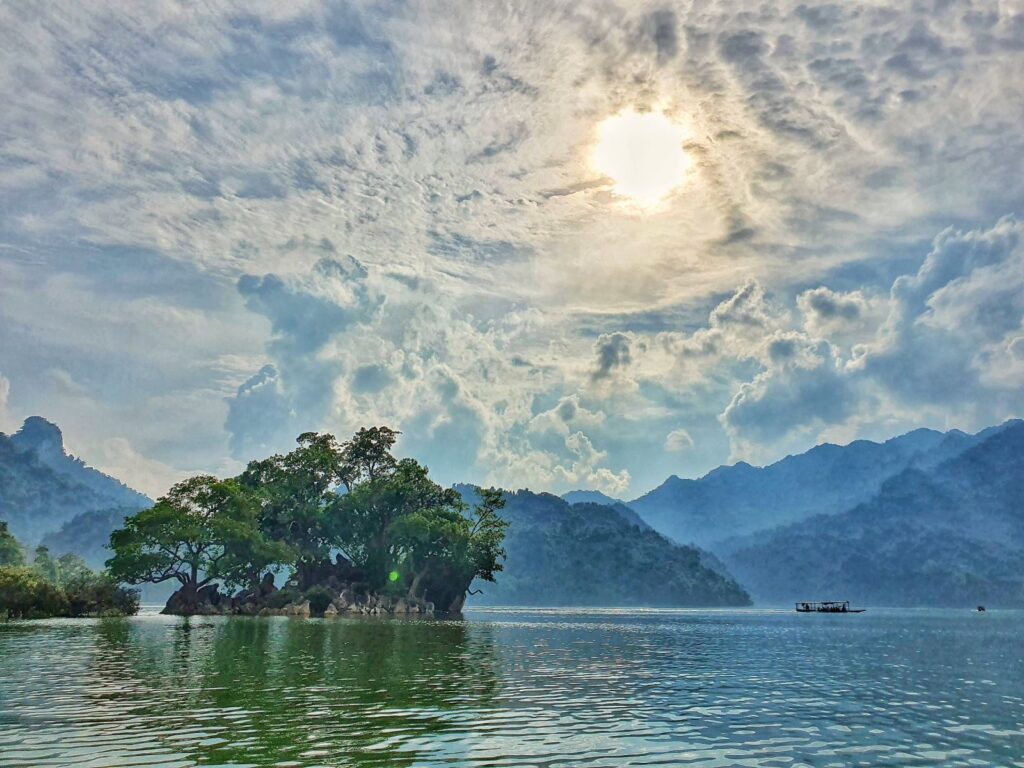
This is one of the largest natural freshwater lakes in Vietnam, belonging to Ba Be National Park. The lake is 70 kilometers northwest of Bac Kan city, in Nam Mau commune, Ba Be district and is made up of three lakes: Pe Leng, Pe Lu, and Pe Lam.
Ba Be is located at an altitude of 145 meters above sea level, more than 8 kilometers long, the widest place is about 3 kilometers, the water surface area is about 500 hectares, the average depth is 20 meters, the deepest place is 35 meters. It is surrounded by limestone mountains and many underground streams and caves. Ba Be has many freshwater fish species, including rare species recorded in the Vietnam Red Book such as blue beam fish and Giant Devil Catfish.
In Nam Mau commune, on January 10, there is the Long Tong festival, an opportunity for people to meet and interact. This is a festival to pray for luck and rain, expressing people’s desire for prosperity and happiness.
2. Thác Đầu Đẳng (Dau Dang Waterfall)
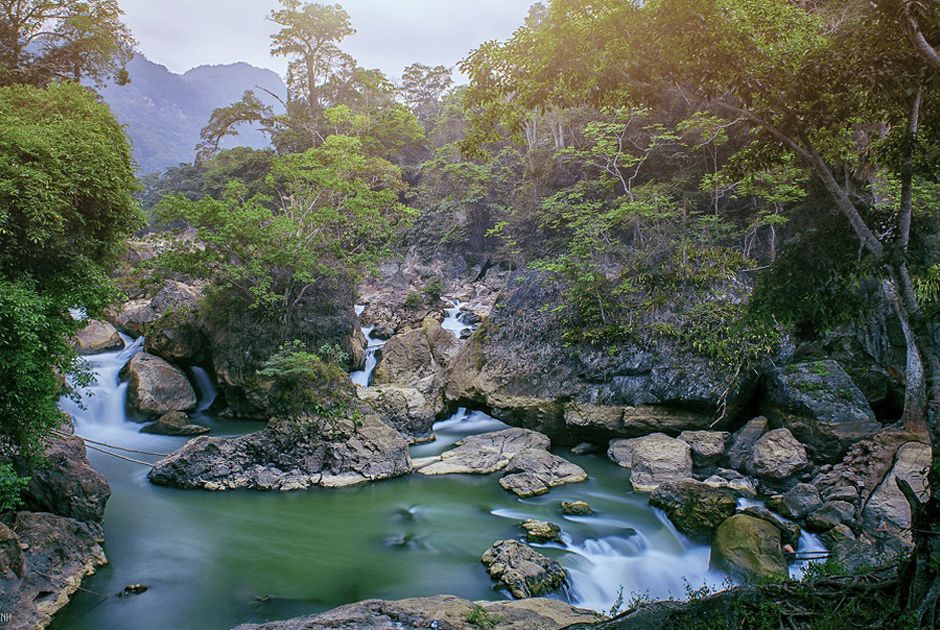
Also located in Ba Be National Park, Dau Dang Waterfall is created by the flow of the Nang River weaving through the multi-shaped rocks at Hoa Tang village. With a length of more than 1000m, this waterfall is divided into 3 sections with different water strengths and terrain.
No matter where you look at the waterfall, you will see beautiful white water foam, especially on summer days when natural sunlight covers everything. Around Dau Dang waterfall are primeval forests with many green tree branches weaving throughout the rocks. The best time to explore this waterfall is in March, when schools of fish are in the breeding season. At this time, groups of fish will swim upstream to spawn and feed, creating a very interesting scene.
3. Khu bảo tồn thiên nhiên Kim Hỷ (Kim Hy Nature Reserve)
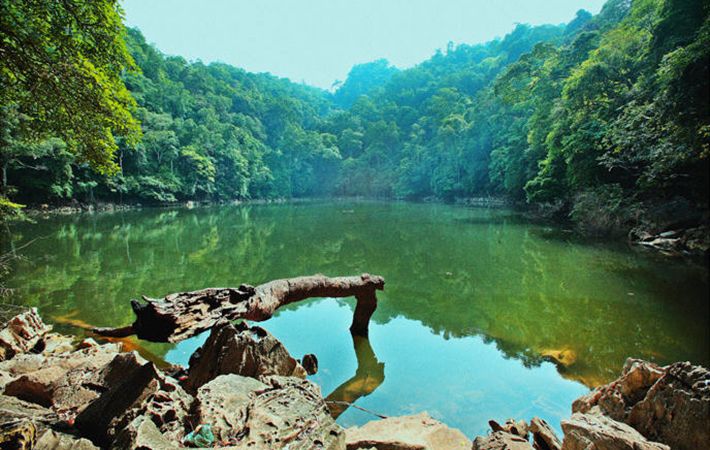
Located in Kim Hy commune, Luong Thuong district, Lang San, Kim Hy conservation area is spread over an area of nearly 15,000 hectares. With strongly divided rocky terrain, this place possesses many natural beauties that will satisfy your eyes.
Coming to this attractive tourist destination in Bac Kan, you will admire a series of landscapes with extremely diverse terrain, from caves and primeval forests to underground streams. In particular, this place also has 1072 rare plant species, of which 72 are listed in the Vietnam Red Book.
4. Hồ Bản Chang (Ban Chang Lake)
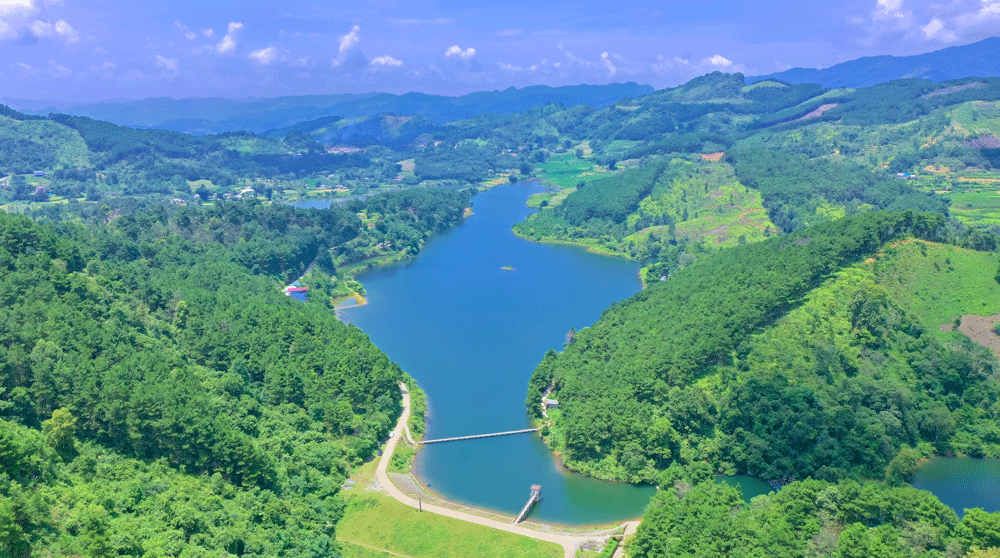
Ban Chang Lake is located in Duc Van commune, Ngan Son district, bordering National Highway 3 to Cao Bang, 60 km from Bac Kan city center. Ban Chang is a natural semicircular lake that is located in the middle of a valley. The lake’s surface area is about 5 hectares, surrounded by pine forests, the climate is fresh and cool, and the landscape is peaceful and romantic. This place is suitable for all types of ecotourism, community tourism, and group activities such as boating, swimming, fishing, and camping.
Food
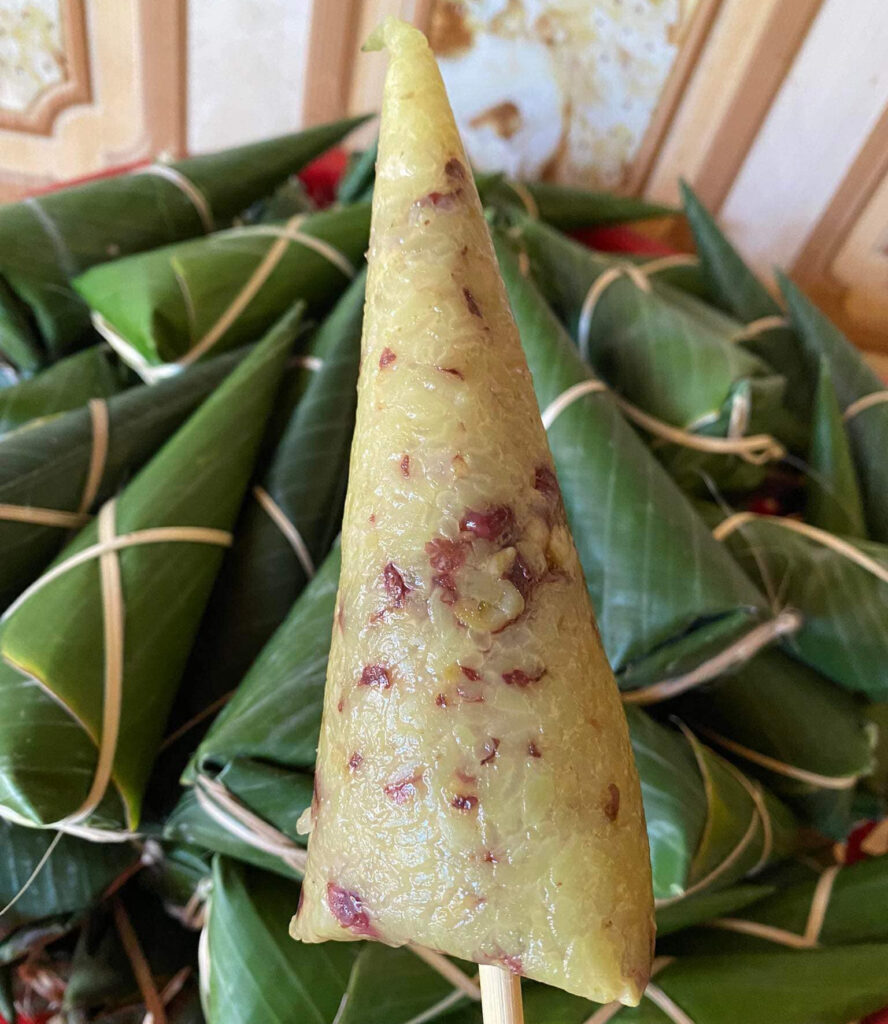
Cóoc Mò (Cooc Mo): is a traditional specialty of the Tay people, not only in Bac Kan but also in neighboring Tuyen Quang province. The cake has a pointed tip shape like a cow’s horn, is made all year round, and is sold at many markets. Cooc Mo is made from sticky rice, black beans, or green beans mixed, wrapped in banana leaves, and tied with bamboo strips.
Banh Ngai: is famous in Lang Son but is also quite popular in Bac Kan. The cake has a characteristic green color. It is made from upland sticky rice, not mixed with plain rice. The cake is easy to eat, cool, and not greasy. The pungent, aromatic taste of wormwood leaves combined with the sweetness of sticky rice makes an impression when you first taste it. There are two types of wormwood cake, sweet and salty.
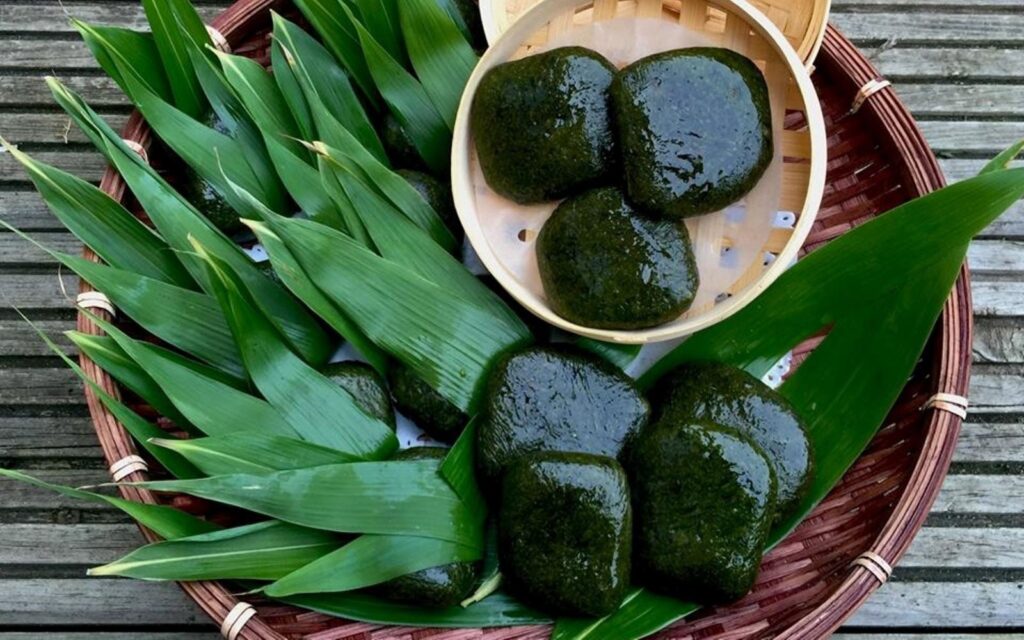
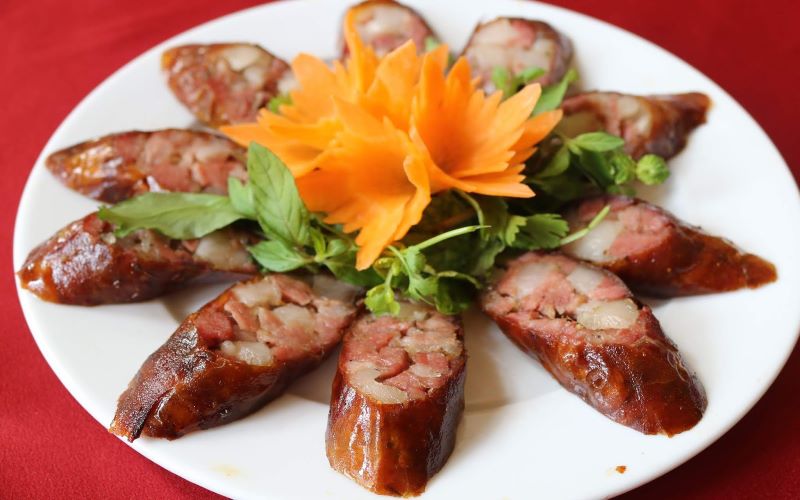
Smoked sausage: is made from fragrant and firm pork. A unique point is that the sausage in Bac Kan is marinated with stone ginger, a spicy and fragrant ginger that only grows in limestone mountains. After processing, the sausages are smoked or stored in the kitchen for long-term preservation. The finished product has the smell of sunshine, kitchen smoke, and the smell of ginger, wine, and mac honey leaves, creating a special aroma mixture. The dish tastes better when eaten with local wine.
Accommodation
Located in the center of Bac Kan City, it is convenient for tourists to travel:
– Phuc Anh Motel: $15/ night
– Nam Hotel: $12/ night
Located in the mountainous forest of Ba Be National Park, with fresh and cool air, it is perfect for those who like to immerse themselves in nature:
– Sai Gon – Ba Be Resort: $40/ night
– Ba Be Hada Homestay: $30/ night
Bac Kan is famous for the landscape of Ba Be Lake. This place is rich in mountainous ethnic identity, with ethnic groups such as Tay, Nung, Mong, Dao, Hoa, San Chay, and Kinh accounting for the majority. The Tay ethnic group accounts for about 54% of the population. With that cultural diversity, creating a place with beautiful nature and many lifestyles is worth experiencing.
To travel here, you need a Vietnam E-Visa. We provide an E-Visa service with the following criteria such as fast & easy procedure, information security, competitive cost, and 24/7 support. We hope to bring you the smoothest trip with our dedicated E-Visa service!